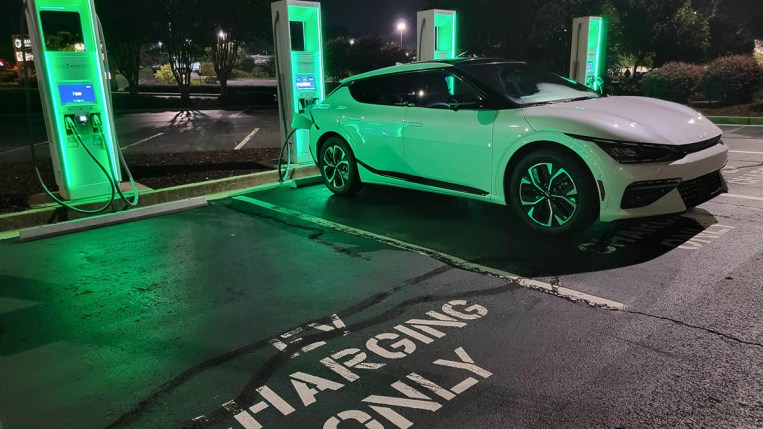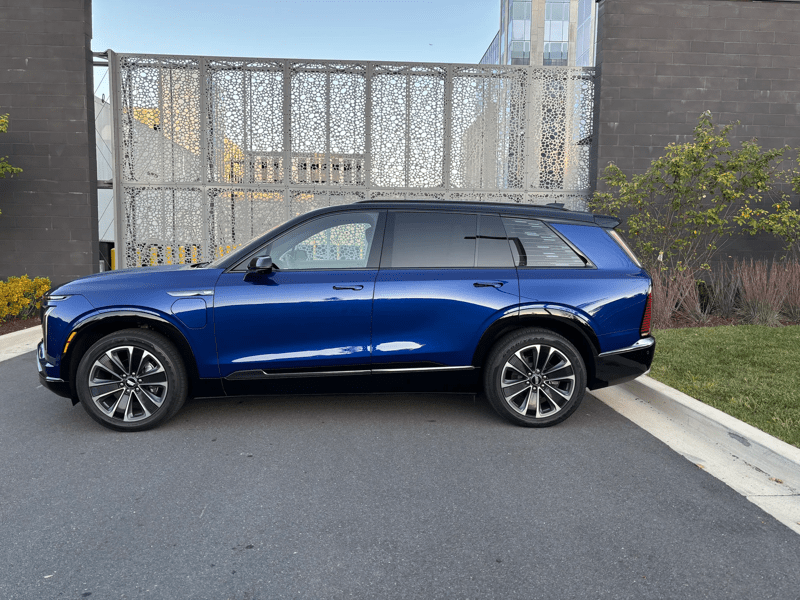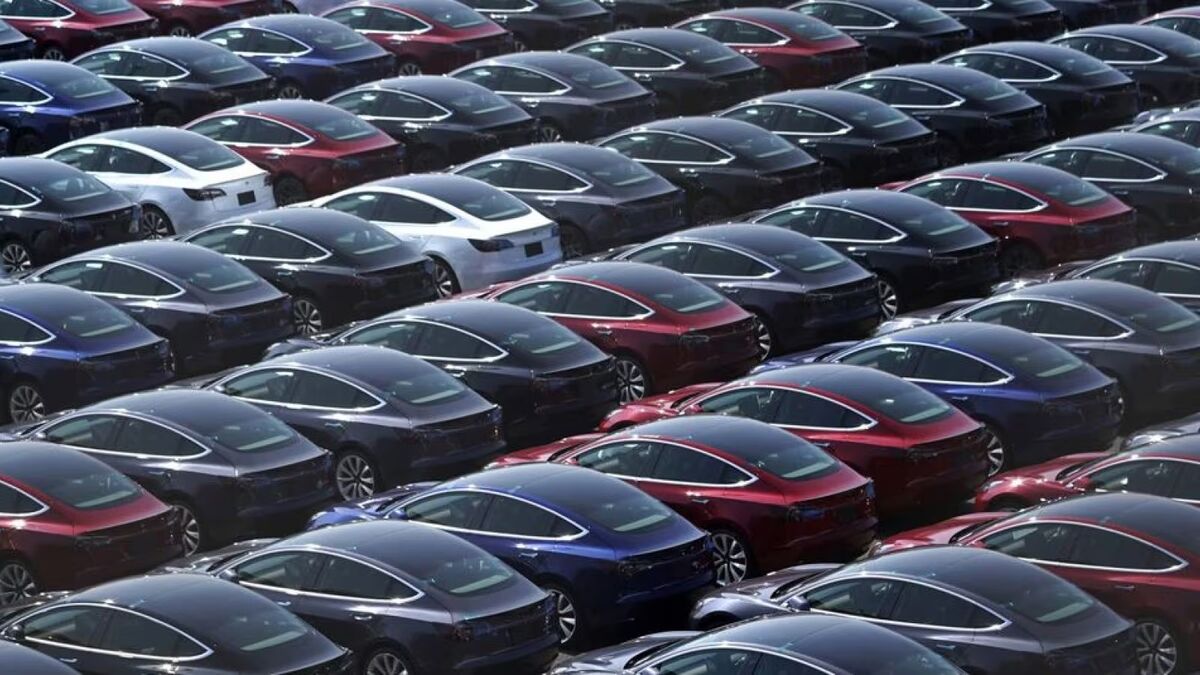
But the country has started a generation-long, economy-wide effort to change energy sources.
If America hopes to go electric for its transportation needs, it will need a similar network providing electricity instead of gas.
Related: EV Charging Stations — Everything You Need to Know
It will probably develop in fits and starts. And, just like the first time we did this, we’ll likely need government planning and incentives to the industry to get it done.
A new study from the Great Plains Institute — a nonprofit that studies energy needs — has put some numbers to it.
Most Current Charging Stations Inadequate
Specifically, the institute says:
- America has 4,943 DC fast charging stations, not counting Tesla’s Supercharger network (which is only accessible to Tesla owners, so the institute didn’t count it as public infrastructure). But only 509 of these stations meet the minimum standards recently laid out by the federal government.
- The country needs to build at least 1,104 more located along strategic highways to enable nationwide electric vehicle (EV) travel.
- Stations should sit no more than 50 miles apart and within one mile of those highways.
- Approximately 4,434 charging stations fail to meet minimum requirements but could meet them with upgrades.
Current Federal Funding Is Enough
The effort, the institute says, “would represent an estimated investment of $750 million to $1.3 billion in equipment installation costs.” The recent Infrastructure Investment and Jobs Act set aside $5 billion to build a nationwide charging network. That’s enough to complete the first step, according to the institute’s calculations. The money funds grants to states.
Related: Electric Cars 101 — What You Need to Know About EVs
The institute counted only DC fast chargers — so-called Level 3 chargers — explaining that the more common Level 2 chargers often seen at shopping centers in urban and suburban settings are too slow to be a reliable part of a highway system. The U.S., the institute says, is home to 42,212 Level 2 charging stations.







